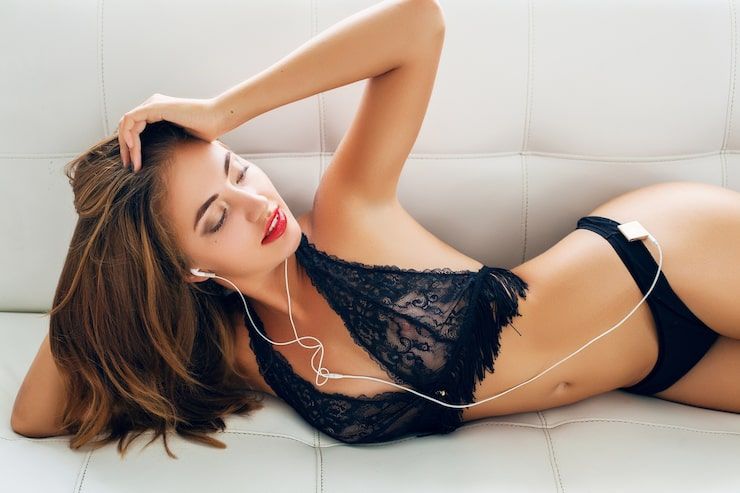The AI Transformation of Static Art into Interactive Visual Experiences and Displays
Art has consistently served as a ever-changing form of creative outlet, reflecting the complexity of human emotions and the depth of our cultural stories. Yet, with the rise of artificial intelligence has begun to morph these stationary pictures into completely immersive and immersive experiences. This revolutionary change enables an traditional medium to find a new existence, engaging audiences in ways formerly envisioned only in the world of science fiction.
From canvas to motion graphics, AI is the connection between traditional artistry and futuristic innovation. Artists are now working alongside technology to rethink their art, presenting iconic artworks and contemporary pieces as vibrant animations that expand the narrative outside the picture. This progression from static to dynamic forms has not only resurrected historical works of art but also adorned them with a contemporary flair that speaks to a digital-native generation.
One notable example of AI’s transformative power in the art world involves the use of sophisticated technologies like the AI generator that animates nude images, which highlights AI's capacity to push the limits of video-based art and performance. Using such innovations permits designers to superimpose details from one image onto another, merging them flawlessly and enabling a smooth transition that deepens the audience's engagement. This seamless integration is vital for art pieces that strive to investigate and address the malleability of the self and aesthetic form.
The underlying technology behind the https://undresswith.ai/news/free-nsfw-ai-porn-video-face-swap/ initially rose to prominence in more debated contexts but quickly revealed its more extensive potential. By swapping faces, AI assists creators to test viewers’ understandings of reality and fiction. The harmony of movement, emotion, and illumination crafted by AI reinvigorates each scene, enabling a motionless photograph to evolve into a tale with profundity and motion.

Inducing a transformative shift, this trend started by AI is not restricted to visual art. Film, fashion design, and even engaging digital exhibits have employed AI to transition from simple spectatorship to participatory experience. Audiences are not just spectators anymore but become part of the developing artistic story, influencing and interacting with it in live. This absorbing participation is perhaps the most powerful demonstration to AI’s role in transforming the lines between artist, artwork, and audience.
Moreover, educational platforms harness the capabilities of AI to enable a better grasp of art methods, genres, and background. By visualizing the steps behind renowned artworks or analyzing the components of historical masterworks, AI teaching instruments are opening up art appreciation and education, making it more available to people around the world.
For artists and makers, AI tools offer an expanded creative palette. What was once a challenging endeavor requiring many long hours of meticulous labor can now be achieved with more accuracy and in less time, empowering designers to concentrate more on the idea-driven and rather than on the technical complexities of their ventures. Consequently, the opportunity for new ideas in art has sped up at an never-before-seen speed, expanding the limits of art further into the realms of digital encounters and visit website.
As we move forward into this age of AI, the ways in which we see, interact with, and create art continue to change. The blend of artificial intelligence with conventional art techniques is not just altering artworks themselves, but is also reshaping spectator involvement, making art a more dynamic, accessible, and valuable part of our daily existence. This synergy between human intellect and artificial intelligence is a powerful testament of how advanced technology can enhance our artistic efforts, elevating the splendor of art from the canvas to the very environment we inhabit.
 — Бесплатные Сайты и CRM.
— Бесплатные Сайты и CRM.